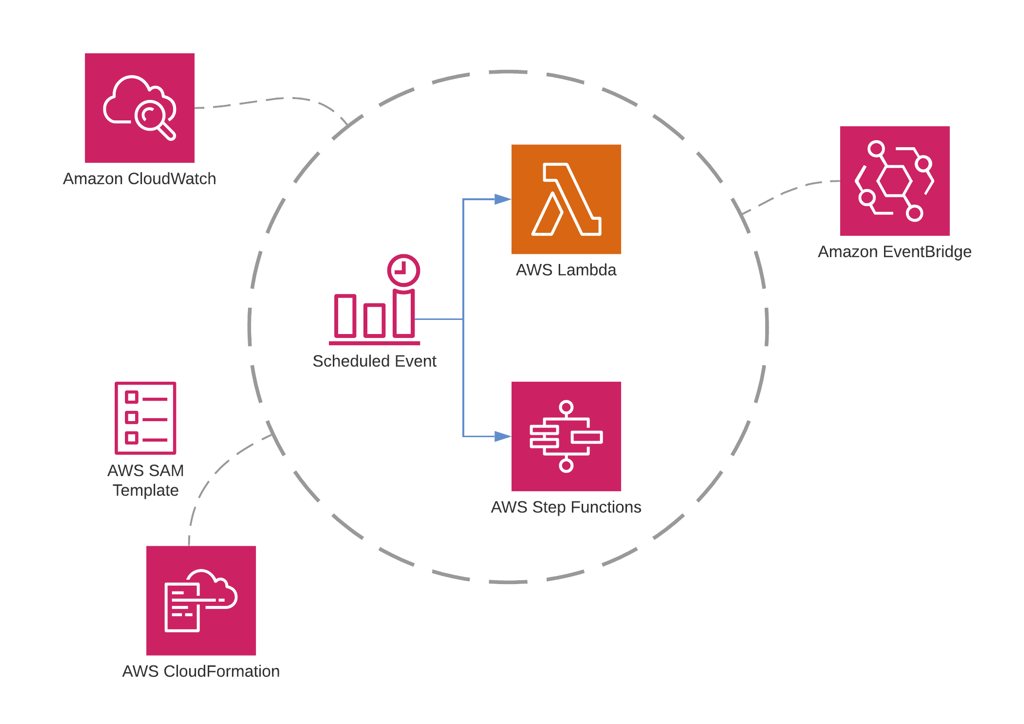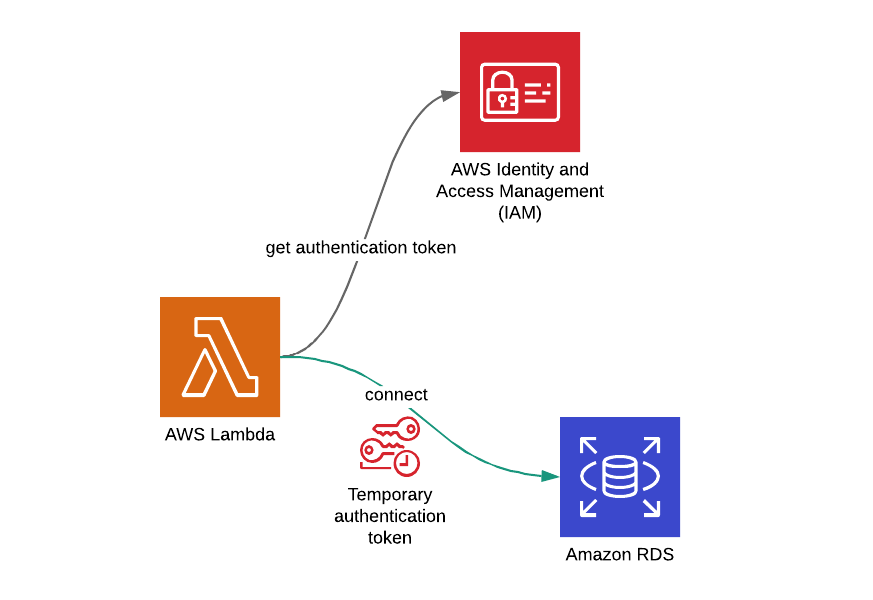3 Ways to Schedule AWS Lambda and Step Functions State Machine Executions
- by Emre Yilmaz
- Jan 15, 2020
- AWS • Serverless • DevOps • AWS Step Functions • AWS Lambda • Amazon EventBridge • Amazon CloudWatch • AWS CloudFormation

In addition to API development, AWS Lambda has many use cases. One of them is running some background jobs in scheduled intervals. Besides, if you need a chain of sequential or parallel AWS Lambda functions, the ideal way to orchestrate them is using AWS Step Functions.
In this post, I will talk about how to schedule your AWS Lambda functions or Step Functions state machine executions using AWS CloudWatch and EventBridge consoles as well as AWS Serverless Application Model (SAM) and CloudFormation templates.
Continue reading the 3 Ways to Schedule AWS Lambda and Step Functions State Machine Executions blog post.



